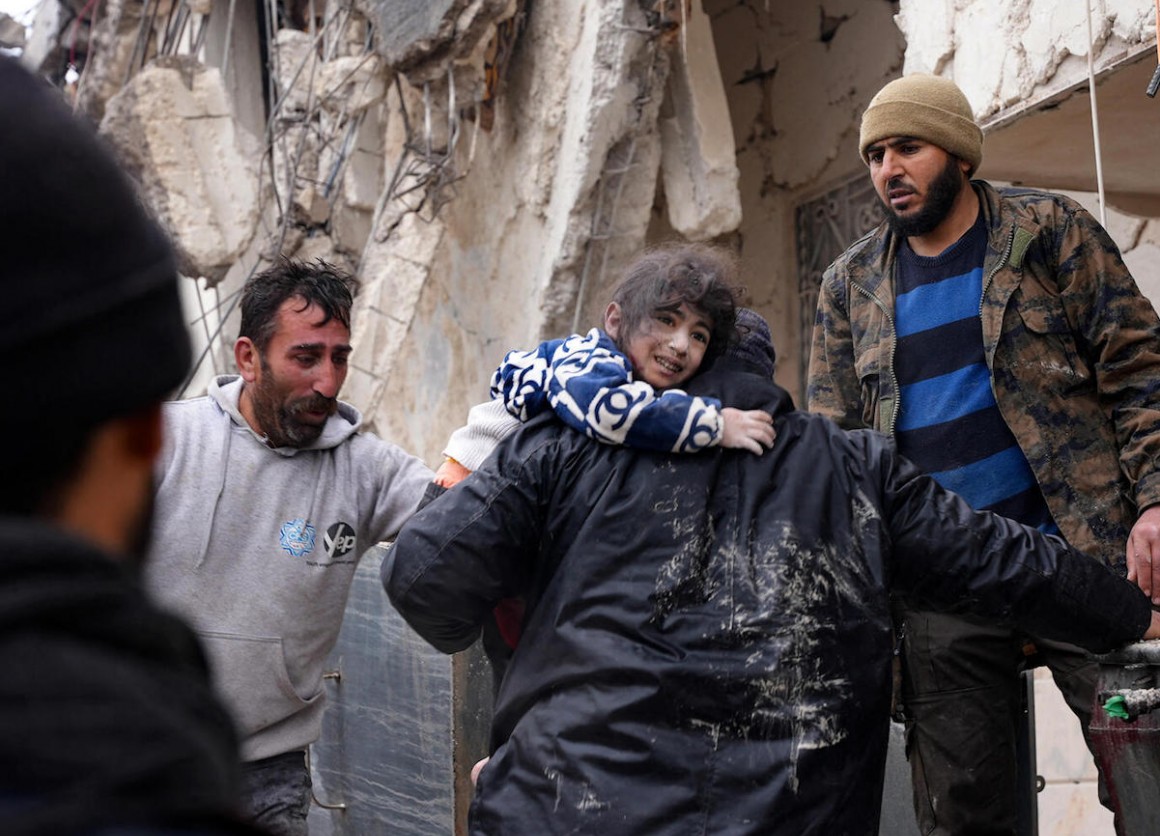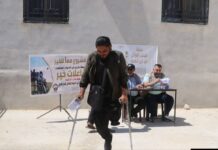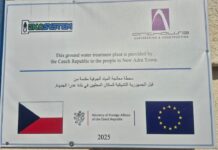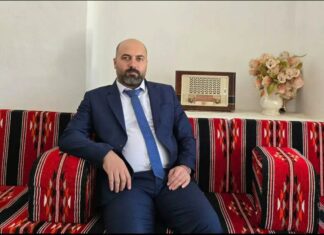
Interview with Muhammad al-Basheer, the Minister of Development and Humanitarian Affairs for the Syrian Salvation Government (SSG), regarding the situation in Northern Syria which was the second most affected after Turkey by the recent earthquake.
L24: What is the current situation?
Early Monday morning, a devastating earthquake hit the liberated areas, causing great destruction and severe damage to infrastructure and buildings as well as harming and killing many people.
The number of buildings that were completely destroyed is around 932 buildings, with around 4,300 partially destroyed. The death toll exceeded 3000 victims, and about 5000 people were wounded. The number of adversely affected families, due to the earthquake, is about 30,000.
The leadership of the liberated areas immediately mobilized all institutions and formed a response committee. We, as the Ministry of Development and Humanitarian Affairs, have mobilized all personnel working in the Ministry and instructed all local associations and organizations working in the liberated areas and contractors working in associations to move their heavy equipment to the devastated areas to participate in the removal of rubble and getting people out from under them.
We have formed local statistics committees to provide necessary disaster statistics and update them periodically. We have also sent official letters and distress signals to humanitarian organizations, the OCHA Coordination Office, and Arab and Muslim countries.
We established shelters distributed throughout the region, and today the number of shelters has reached 42 centers. We still periodically assess the needs of the centers and meet their needs by directing and advising the central administration and local organizations. We’ve also placed the addresses and contact numbers of these centers on all official pages to facilitate access to them by government agencies. We created shelters for children who have lost their families and conducted periodic visits to inspect these shelters and ascertain their needs.
This is our reality today, we have about 42 centers that are provided with the minimum necessities of life.

L24: What are the most prevalent obstacles facing you after this earthquake?
In fact, the largest obstacle facing the Ministry of Development and Humanitarian Affairs is the lack of humanitarian aid. All the efforts that have been made to cover the needs of people in these last days, which covered a small part of their basic needs, are the fruits of the efforts of local associations, and donations from the local people.
As for international organizations, for the first three days, no humanitarian aid was received through the Bab al-Hawa crossing. Therefore, the humanitarian situation for affected families was catastrophic, and we mentioned that the number of affected families exceeds 30,000 people. These families were in dire need of humanitarian aid.
There’s also been a lack of any equipment for clearing rubble, in order to free the people stuck under the buildings, it dragged on for a very long time, and all the delay caused many deaths. Also, one of the problems facing us is that the incoming humanitarian aid is a very small amount in the face of the severity of the disaster.
Yesterday a convoy of six trucks of humanitarian aid arrived, but this aid covers only a small part of the people in the liberated areas’ needs. These areas need help because of the large migration of newly displaced and the number of existing IDP camps in the area. Therefore, after this earthquake and after this catastrophe, we are in dire need of humanitarian assistance.

L24: What is needed for the area?
I can say that the greatest necessity in the liberated areas at present time is, firstly, alternative housing for the affected families, providing about 30,000 houses for families affected by the earthquake. It is also necessary to provide Non-Food Items (NFI) parcels, which are mattresses, blankets, and other basic materials for the home. In addition, it is necessary to provide additional food parcels in addition to those that currently come through existing organizations, as is extra aid for affected families, in addition to medical supplies.
It must be emphasized that at the moment we need heavy equipment. While we have almost completed the evacuation of victims from beneath the rubble, we must now clear the debris, and the damaged infrastructure of the places destroyed by the earthquake must be restored and repaired. Which means we are in need of basic building and construction materials.
L24: What impact has the lack of a fast response from the outside had?
The thing that exacerbated the crisis and the disaster in the liberated areas was the extreme delay in the entry of humanitarian aid, whether heavy equipment, food, relief aid, tents, or NFI packages. This aid was delayed, knowing that the Bab al-Hawa crossing was open on both sides.
It is true that for Turkey, too, it was a catastrophe, but the roads were not blocked.
It was possible for humanitarian aid to enter before, but the situation here was catastrophic because of this delay, and things got worse. It can be said that the number of deaths under the rubble increased due to the delay in the entry of essential (and rapid) aid, and the delay in the entry of heavy equipment led to an increase in the number of deaths.
The regime also tried to use this crisis to imply that its regions are the affected areas, but in fact, the liberated areas are the ones that were damaged, and the regime wants most of the humanitarian aid to go to the regime’s areas, although the crisis occurred within the liberated areas.









